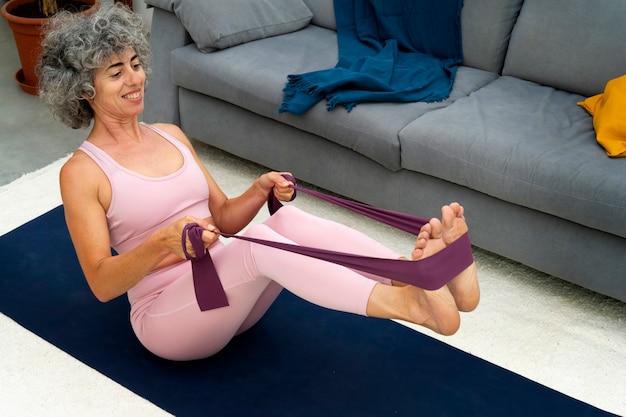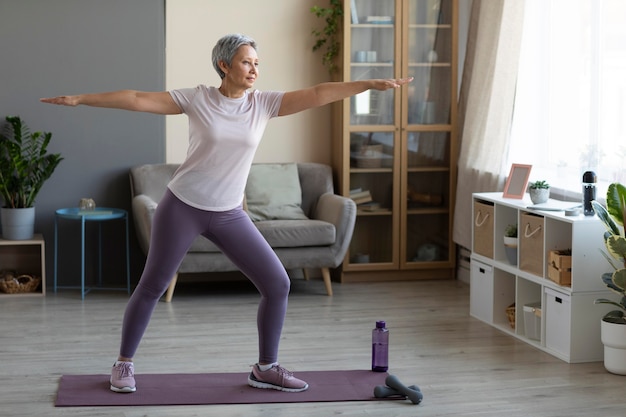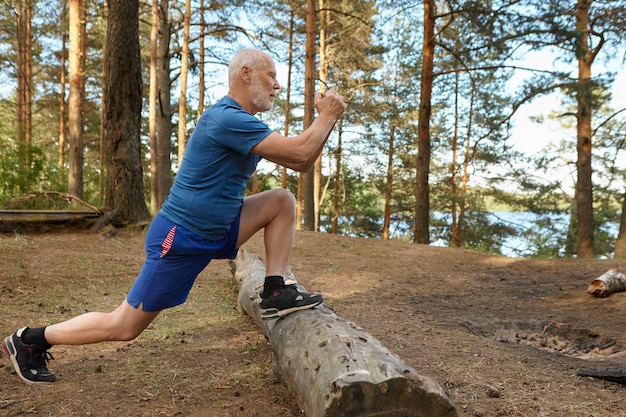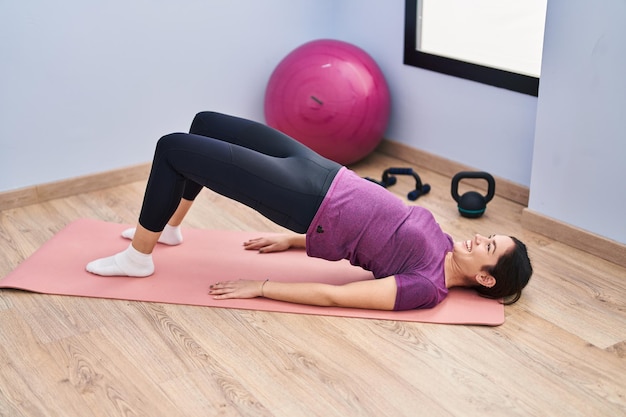Stay strong, independent, and active—no gym required. This practical checklist helps seniors build strength safely using everyday schedules and minimal gear.
As we age, our bodies naturally lose muscle mass—a condition known as sarcopenia. After age 30, adults can lose 3–5% of muscle per decade, accelerating after 60. This decline affects balance, mobility, and independence. Strength training combats this loss, improving bone density, joint stability, metabolism, and overall quality of life.
Research shows that even light resistance exercises twice a week can increase muscle strength by 25–100% in older adults within a few months. The best part? You don’t need a gym membership or expensive equipment to see results.

Many seniors want to stay active but face real barriers: busy family schedules, limited mobility, chronic conditions, or lack of access to fitness facilities. That’s why this strength training checklist is designed with practicality in mind—short sessions, minimal equipment, and adaptable routines that fit into daily life.
Start by defining what strength means to you. Is it carrying groceries, climbing stairs, or playing with grandchildren? Set specific, measurable goals like: "I want to stand from a chair without using my hands in 4 weeks." This keeps motivation high and progress visible.
Pick a time when you have energy and few distractions. Morning workouts can boost energy for the day, while afternoon sessions may align better with body temperature peaks. Consistency matters more than timing—aim for 2–3 sessions per week, even if only 15–20 minutes long.
You don’t need much:

Train for real-life activities. Prioritize exercises that mimic daily motions:
Always begin with 5 minutes of light movement—marching in place, arm circles, or gentle stretching. This prepares joints and muscles. After your workout, spend 3–5 minutes cooling down with slow movements and deep breathing to prevent stiffness.
Proper technique prevents injury. Move slowly and with control. If you feel pain (not to be confused with normal muscle fatigue), stop and adjust. Use a mirror or record yourself to check posture. When in doubt, reduce resistance or range of motion.
Keep a log: note the date, exercises, repetitions, and how you felt. Over time, you’ll see improvements in endurance and strength. Celebrate small wins—like completing all reps or using a stronger band.
Drink water before, during, and after workouts. Include protein-rich foods (like eggs, beans, or yogurt) in your diet to support muscle repair. Good nutrition enhances the benefits of exercise.
Some muscle soreness is normal, especially when starting. But sharp pain, dizziness, or chest discomfort are red flags. Rest when needed, and adjust exercises to your current ability. It’s okay to modify or skip a day.

Perform this 2–3 times per week:
Strength training isn’t just for the young or athletic. It’s a powerful tool for seniors to maintain independence, prevent falls, and enjoy daily life with more energy. With this checklist, you can build a sustainable routine that fits your schedule, uses minimal gear, and delivers real results. Start small, stay consistent, and celebrate every step forward.

Fitness

Fitness

Fitness

Fitness

Wellness

Fitness

Fitness

Health

Fitness

Health

Fitness

Fitness

Health

Fitness

Health

Health